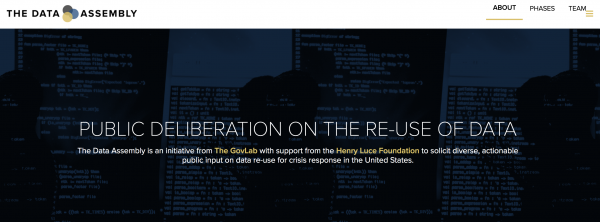Urban Futures Studio: “In July 2020, we published our new essay ‘What, How and Who? Designing inclusive interactions in the energy transition’ (Bronsvoort, Hoffman and Hajer, 2020). In this essay, we argue that how the interactions between citizens and governments are shaped and enacted, has a large influence on who gets involved and to what extend people feel heard. To apply this approach to cases, we distinguish between three dimensions of interaction:
- What (the defined object or issue at hand)
- How (the setting and staging of the interaction)
- Who (the target groups and protagonists of the process)
Focusing on the issue of form, we argue that processes for interaction between citizens and governments should be designed in a way that is more future oriented, organized over the long term, in closer proximity to citizens and with attention to the powerful role of ‘in-betweeners’ and ‘in-between’ places such as community houses, where people can meet to deliberate on the wide range of possible futures for their neighbourhood.
Towards a multiplicity of future visions for sustainable cities
The energy transition has major consequences for the way we live, work, move and consume. For such complex transitions, governments need to engage and collaborate with citizens and other stakeholders. Their engagement enriches existing visions on future neighbourhoods, inform local policies and stimulate change. But how do you shape and organize such a participatory process? While governments use a wide range of public participation methods, many researchers have emphasized the limitations of many of these conventional methods with regard to the inclusion of diverse groups of citizens and in bridging discrepancies between government approaches and people’s lived experiences.
Rethinking citizen engagement for an inclusive energy transition
To help rethink citizen engagement, the Urban Futures Studio investigates existing and new approaches to citizen engagement and how they are practised by governments and societal actors. Following our essay research, our next project on citizen engagement includes a study on its relation to experimentation as a novel mode of governance. The goal of this research is to show insights into how citizen engagement manifests itself in the context of experimental governance on the neighbourhood level. By investigating the interactions between citizens, governments and other stakeholders in different types of participatory projects, we aim to gain a better understanding of how citizens are engaged and included in energy transition experiments and how we can improve its level of inclusion.
We use a relational approach of citizen engagement, by which we view participatory processes as collective practices that both shape and are shaped by their ‘matter of concern’, their public and their setting and staging. This view places emphasis on the form and conditions under which the interaction takes place. For example, the initiative of Places of Hope showed that engagement can be organised in diverse ways and can create new collectives….(More)”.


